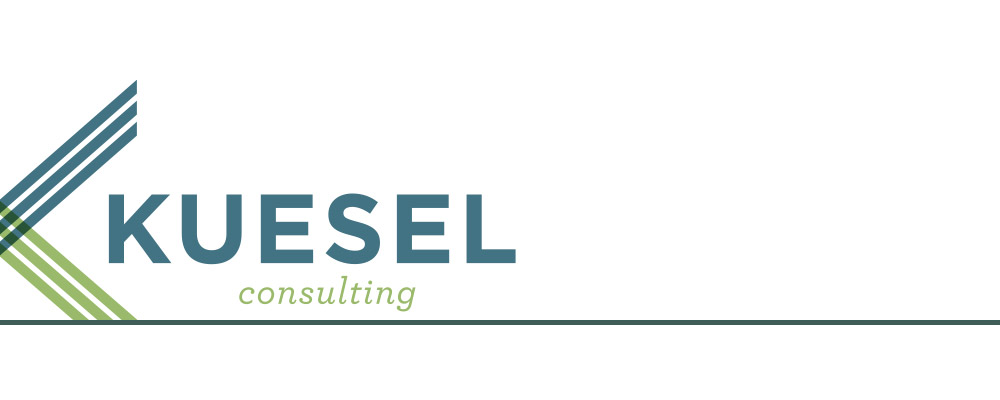I just got off the phone with a coaching client who set a goal for herself of 10% top line growth or about $350,000 of new revenue. In the simplest of worlds this may lead you to believe that her practice consists of a $3.5M client base. However, in her world, this assumption is far from reality.
This particular client generates a large percentage of her revenue from part-time CFO engagements, tax provision for acquisition minded companies, and other specialized consulting services that don’t repeat every year. While it can be thrilling to win a $20,000 a month engagement for six months, the hangover really sets in during the seventh month.
Historically, client retention rates have hovered around 95% for CPA firms. However, as more baby-boomer owned companies sell or transition, and the revenue mix changes from heavy compliance to more consulting, the client retention rate is trending lower. Some estimates show that pure consulting organizations can only count on 70% retention or repeat revenue. And, as our practices become more consulting-heavy we need to consider how this will affect our ability to grow the top line.
The exercise for my client looked something like this:
2017 Practice Revenue $1.5M
Lost one-time Revenue ($150K)
Lost client due to acquisition ($100K)
2018 Revenue Target $1.6M
Revenue Needed to Achieve $350K
While her projects and engagements are profitable (she earns at least 100% realization on all specialty consulting), and large in revenue size, the fact is that she needs to replace a large portion of her revenue every year, just to stay even — let alone grow. This requires an above average focus on personal business development. Essentially, she needs more BD horsepower to grow than a partner with a heavy compliance partner needs.
For her, it translates into making personal business development a daily activity. Whether meeting with a referral source, having lunch with a client, or speaking at a seminar, her success lies in her commitment to always be marketing.
So, as you look ahead to your goals for 2018, don’t forget to consider the attrition factor. Especially if you do an above average amount of one-time, non-recurring consulting work. It could be the difference between setting a goal that’s achievable and attainable – or so far out of whack that it’s in an alternate reality.

